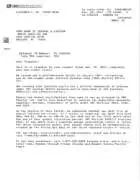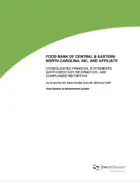
Help & FAQs

Food, Meals & Grocery Support
-
Where is the closest pantry or food distribution?
The Food Bank network is made up of more than 700 pantries, meal sites, no-cost markets, and delivery programs — and everyone is welcome! Just enter your zip code or county on our FoodFinder app to find locations near you.
-
I live outside your service area. Where can I find support?
The Food Bank is active in 34 counties across central and eastern portions of the state. But no matter where you live in the Carolinas, there are hunger relief organizations that serves your community. Check out Feeding the Carolinas to find locations near you.
-
Are there documentation requirements to receive food?
At the Food Bank, we believe that no one should go hungry — no matter where we live, where we’re from, or the color of our skin.
Our partner pantries, no-cost markets, and meal sites are open to everyone. Beyond specific federal programs like The Emergency Food Assistance Program (TEFAP), we do not ask for documentation; only general household size and income levels.
Food Bank pop-up markets do not require any documentation; just come as you are and shop for what you need!
-
What is SNAP grocery support? How do I apply?
The Supplemental Nutrition Assistance Program (sometimes called SNAP, FNS, or food stamps) is a lifeline for more than 1.4 million people across North Carolina. With SNAP, you can receive monthly support to help pay for groceries.
Our team is here to help you access the support you need — and all consultations are 100% confidential. Learn more about SNAP and how to apply here.
Where can I find data on food insecurity and the Food Bank's response in my area?
Select a county from the map or dropdown menu, or choose a region:
All Counties
Help us improve your experience by sending an error report to communication@foodbankcenc.org.
- 607,630Individuals Facing Hunger
- 18% 1 in 5Food Insecure Individuals
- 109 millionPounds of Food Distributed by the Food Bank network
- 91 millionMeals Provided by the Food Bank network
- 505,967People Enrolled for Assistance with SNAP, FNS, and Food Stamps
- $6.7Mof Assistance Provided with SNAP, FNS, and Food Stamps
Food Bank Finances & Documents


IRS Form 990

Audited Financials
Stay connected to the Food Bank
Sign-up to receive emails with updates, resources, and ways to get involved.